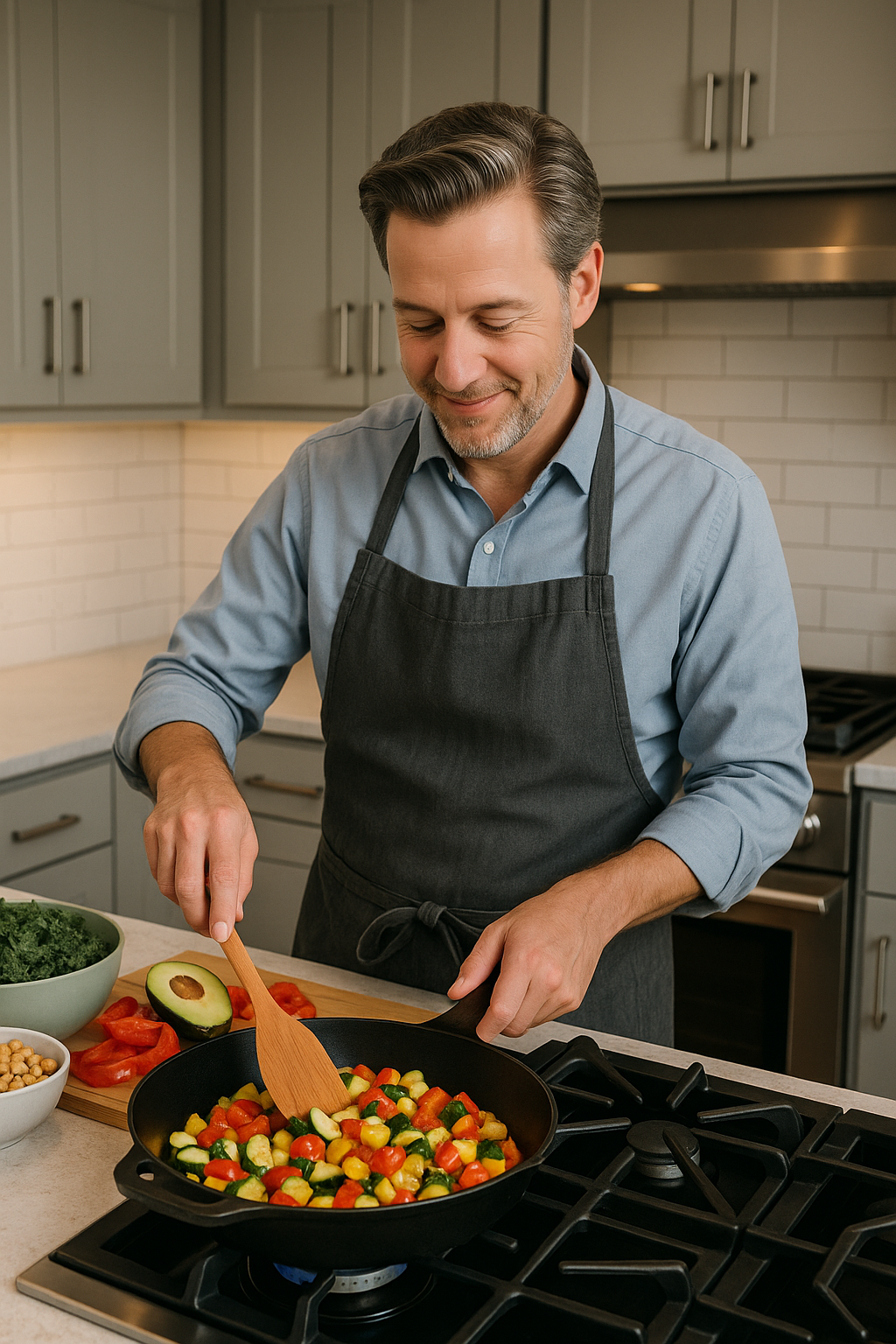Greg Comings is a licensed child psychologist based in Northern California, where he has dedicated more than 15 years to helping children and their families navigate emotional, behavioral, and developmental challenges.
With a warm, approachable style and a deep understanding of child development, Greg is known for building trust quickly with kids of all ages—from toddlers with emerging anxiety to teens wrestling with identity, school pressure, or trauma.
He holds a Ph.D. in Clinical Psychology from UC Berkeley and completed his post-doctoral fellowship at Stanford’s Child and Adolescent Psychiatry Department.
He specializes in play therapy, cognitive behavioral therapy (CBT), and parent-child interaction therapy (PCIT), tailoring each approach to the unique needs of the child and family system.
His work often bridges the gap between clinical support and school-based accommodations, and he frequently collaborates with teachers, pediatricians, and educational therapists to ensure continuity of care.
What sets Greg apart is his belief that no child’s behavior exists in a vacuum. Whether a child is acting out, shutting down, or struggling to adapt after a family change, he works to uncover the “why” behind the behavior and provides clear, compassionate strategies for moving forward. He helps parents feel empowered rather than blamed, and kids feel seen rather than fixed.
In addition to his private practice, he runs a monthly support group for parents of children with ADHD and serves as a guest lecturer at local universities on topics ranging from attachment theory to digital-age anxiety in teens.
He is a regular contributor to parenting blogs and mental health podcasts and is currently working on a book about strengthening emotional resilience in children through everyday connection and play.
Greg Comings: The Inspiration For Therapy
Whenhe was twelve, his younger brother Alex stopped talking for three days after their parents’ divorce. Not a word at school, not a glance at the dinner table.
he remembered sitting beside him on the floor of their shared bedroom, building Lego spaceships in silence until, finally, Alex whispered, “Can you just stay here a while?”
It wasn’t the moment Greg decided to become a therapist—but it was the seed.
Years later, after earning his doctorate in clinical psychology, he found himself across from a seven-year-old boy named Miles, who had been sent to therapy for “defiance” and “tantrums.”
Greg noticed the kid always sat with one foot halfway out the door. Instead of diving into behavior charts, he placed a sand tray in the room and asked, “Want to build something?”
Two months later, Miles brought him a picture he’d drawn of a cracked robot holding hands with a stick figure labeled “Helper.”
“I never forgot what it felt like to be a kid in a house full of adult chaos,” Greg said.
No one asked what we were feeling, just whether we were behaving.
I became a therapist because I want to be the person who asks, and then really listens.”
Today, Greg is known not just for his credentials, but for his quiet, steady presence.
He doesn’t fix kids—he helps them remember who they are, one quiet moment at a time.
And sometimes, he just stays a while.
Advice For Parents
Greg doesn’t stop helping kids when the therapy session ends.
Outside his California-based private practice, he volunteers weekly at local elementary schools and community centers, teaching kids essential coping skills through interactive workshops.
His mission is simple: to make emotional regulation accessible and fun—especially for kids who might never set foot in a therapist’s office.
Whether he’s sitting in a circle of third graders or guiding middle schoolers through breathing exercises, his volunteer work focuses on giving children tools they can use immediately.
Through games, storytelling, and art, he teaches techniques like “bubble breathing,” naming emotions, and creating safe space rituals kids can return to when overwhelmed.
“Kids don’t need to be in crisis to learn coping tools,” he says. “They should be learning this stuff the same way they learn to tie their shoes—early, and with lots of encouragement.”
He also hosts evening sessions for parents and caregivers, helping them understand how to support emotional development at home. During these sessions, he shares simple, practical strategies, including:
5 Everyday Tips for Helping Your Child Cope with Big Feelings
- Name it to tame it – Help your child label what they’re feeling. “Are you feeling angry, or is it more like frustration?”
- Model calm behavior – Show your child how you manage stress. Kids learn most by watching.
- Create a calm-down space – A quiet, cozy corner with stuffed animals, headphones, or drawing supplies helps kids self-regulate.
- Practice coping when things are calm – Teach breathing or grounding exercises during peaceful moments, not just during meltdowns.
- Validate first, solve later – Instead of jumping to fix the problem, acknowledge the feeling: “That was unfair. I’d feel upset too.”
His volunteer work has reached hundreds of families, many of whom send heartfelt thank-you notes months later, describing a calmer home life and a more emotionally aware child.
For Greg, that’s what it’s all about: planting seeds of resilience that can grow far beyond the walls of any therapy office.
At Home
Outside the office, Greg is a father of two, an amateur guitarist, and an advocate for nature-based education.
He believes healing and growth happen not just in the therapy room but in the everyday moments of attunement, laughter, and curiosity.
Whether he’s hiking with his kids, strumming a few chords in the backyard, or helping with homework at the kitchen table, he sees these moments as opportunities to model emotional connection.
A passionate home cook, he also finds joy in preparing creative vegan meals for his family. “Cooking is my therapy,” he says with a smile. “It’s where I can be playful, slow down, and create something nourishing.”

He often invites his children to help—chopping veggies, mixing sauces, or simply setting the table—which he sees as another way to build mindfulness and connection.
His lifestyle reflects his professional values: presence, patience, and intentionality.
He often shares stories from home to illustrate therapeutic ideas for clients, especially when working with overwhelmed parents who feel like they’re getting it all wrong.
“You don’t have to be perfect,” he reminds them. “You just have to be real.”
For Greg Comings, therapy isn’t something that starts at 9 a.m. and ends at 5.
It’s a way of living.

